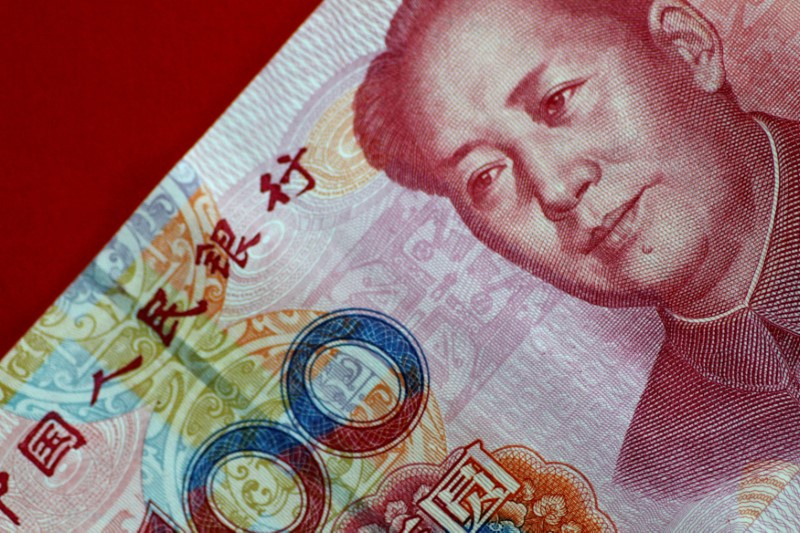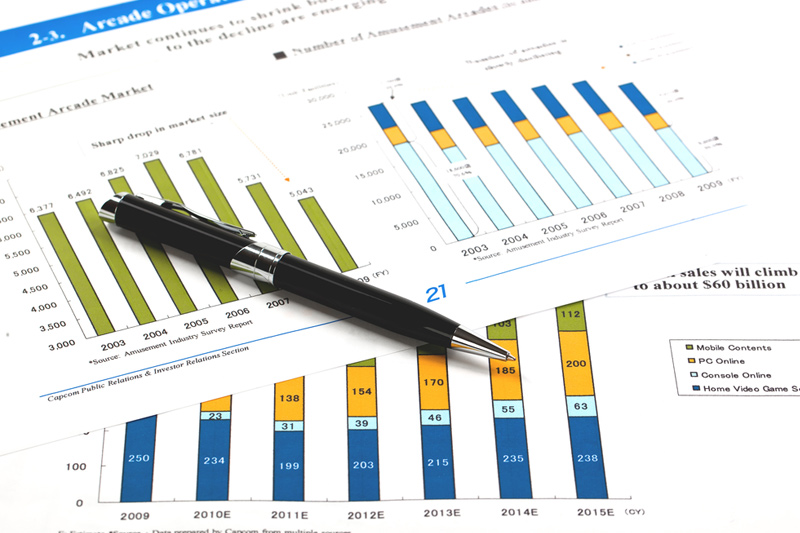A look at the day ahead in U.S. and global markets by Amanda Cooper.
The dollar’s supremacy has been one of the big stories of 2024 and, based on U.S. President-elect Donald Trump’s proposed “America first” agenda that includes trade tariffs, this story is likely to continue next year.
China’s top brass are considering letting the yuan currency weaken in 2025 to act as a shock absorber to the higher tariffs that a second Trump presidency could bring.
People with knowledge of the matter have told Reuters the idea reflects Beijing’s recognition that it needs bigger stimulus to protect against the possible impact of hefty duties on its exports.
Trump has said he’s planning a 10% universal import tariff and a 60% duty on Chinese imports into the United States. A weaker yuan appeared almost inevitable anyway, but Trump has been vocal in the past about the unfair advantage some countries have in being able to depress the value of their currencies.
In theory, Beijing would have to strike a delicate balance between letting the yuan depreciate enough to neutralise some of the impact of tariffs, but not so much that it triggers a full-on currency war.
More immediately, however, markets are almost certain the Federal Reserve will cut rates by a quarter point next week. There’s just one piece missing from the puzzle to seal the deal – consumer inflation. The November consumer price index (CPI) is due out later today and is expected to show a monthly 0.3% increase for both the headline and core figures, according to a Reuters poll of analysts. The highest forecast in the poll was 0.3%, so no one is expecting a bombshell, but there is also plenty of room for surprise.
A number of things beyond the energy sector – where natural gas prices soared 25% last month – picked up in price. Used cars, as tracked by Manheim, staged their biggest monthly rise since July in November, up 1.3%. The Federal Reserve Bank of Cleveland flagged a few weeks ago that rent inflation was unlikely to fall back towards pre-pandemic levels until 2026.
Service-sector inflation, as measured by the Institute for Supply Management’s (ISM) non-manufacturing survey, barely budged in November, while wage inflation is running at 4%.
Fed policymakers are confident inflation, which is running at 2.6% on a headline basis and 3.3% on a core basis, will return to their 2% target reasonably soon. But consumers, who are paying more for their rent, their used cars and their groceries, are not so sure. Unsurprisingly, inflation proved to be a major issue for voters in the November election.
The University of Michigan’s survey of consumer expectations for inflation in the next year gives a forecast of 2.6% – right where it is now and a forecast of 3.2% in five years. In real terms, wages are rising at a rate of just 1.4%, well below the rate of essentials like food and drink, which are up 2.1%.
North of the border, the Bank of Canada is widely expected to cut rates by half a point at its meeting later in the day. A shock rise in the unemployment rate in November prompted traders to up their bets on an outsized drop in rates.
Some economists have expressed concern that the BoC risks being overly aggressive with a 50-basis point cut, especially as many other data points paint a picture of a fairly resilient economy. The big question mark, inevitably, is the extent to which the Canadian economy will suffer if Trump delivers on his threat to slap a 25% tariff on imports from its neighbour.
Key developments that should provide more direction to U.S. markets later on Wednesday:
* U.S. November consumer price index

* Bank of Canada rate decision
* U.S. 10-year Treasury note auction



